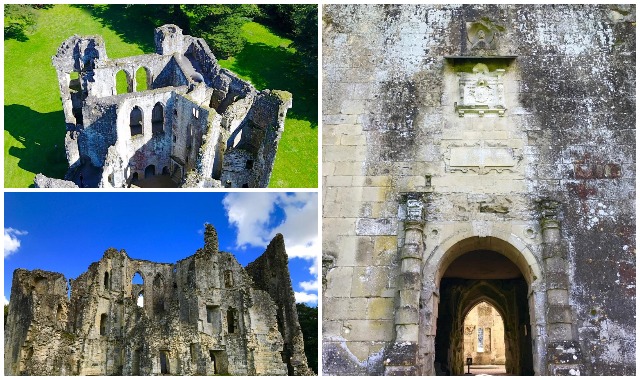Located in the settlement of Wardour, part of Tisbury Parish in the county of Wiltshire, England, Old Wardour Castle was once a commanding stronghold and one of the finest and most innovative residences in England.
Although Old Wardour Castle is now in ruins, it still remains an imposing sight and a popular destination for those looking for a relaxing and romantic day out for couples and families alike.
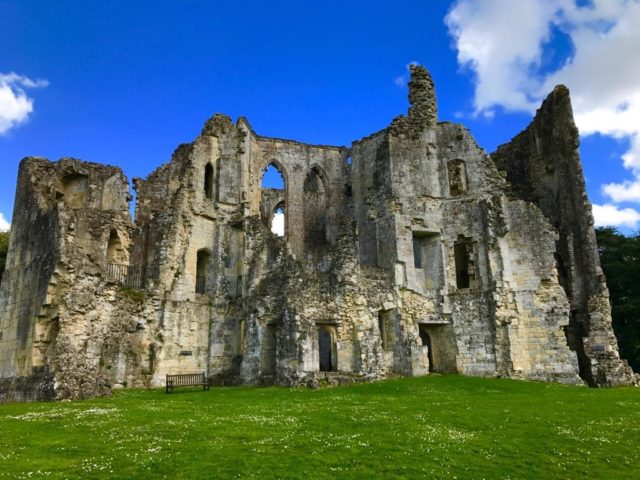
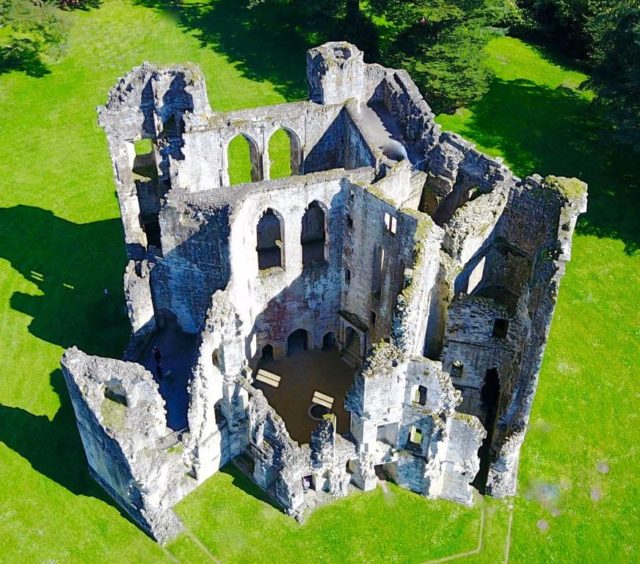
It was built under a license granted by Richard II in 1393 for John, Lord Lovell of Titchmarsh, who acquired the land from the St. Martin family in 1385. It is said that is was designed by William Wynford, one of the most successful English master masons of the 14th century.
This splendid hexagonal castle was clearly influenced by French designs and it is considered to be a unique example of this style in Britain at the time. Lord Lovell, who fought in France during the Hundred Years War, was so impressed by the great chateaux of 14th century France that he decided to build a fortress in the same style.
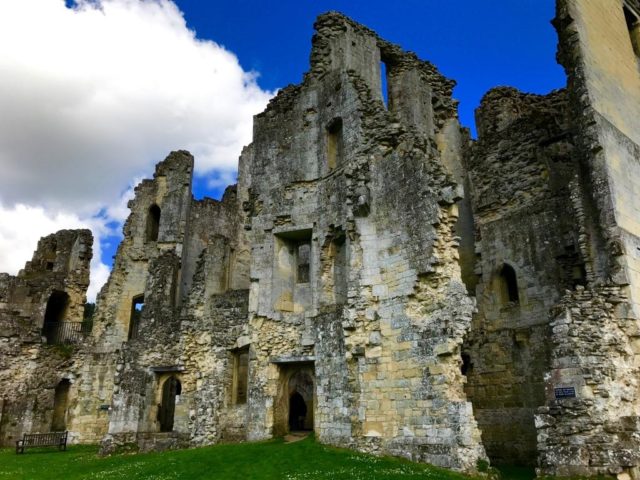
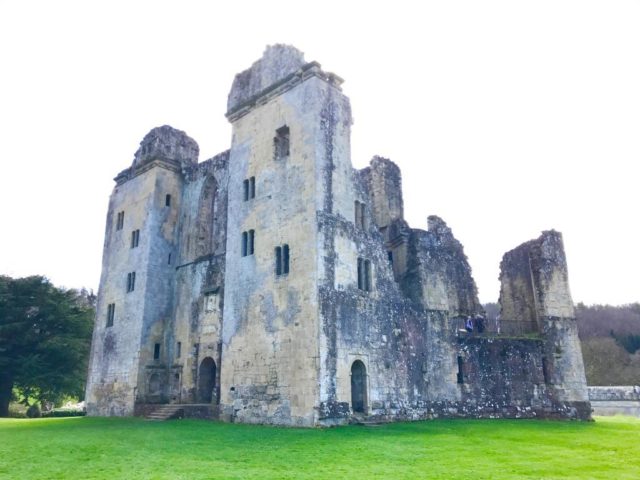
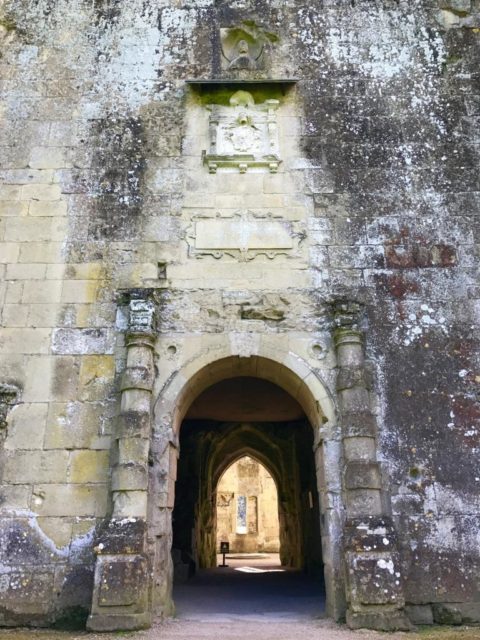
Building impressive strongholds at this time reflected the owner’s social status and it was a way for many landowners from this period to show off their strength and power. The six-sided, hexagonal design of Old Wardour Castle seems worthy of a powerful English lord and it is the only example in England.
Built by using local Tisbury greensand, a green sandstone quarried from the local area, the design of the castle was focused more on style over defense. It consisted of a keep surrounding a central courtyard, corner-towers and it was guarded by a ditch crossed by a drawbridge. An extra line of defense was provided by curtain walls that surrounded the castle.
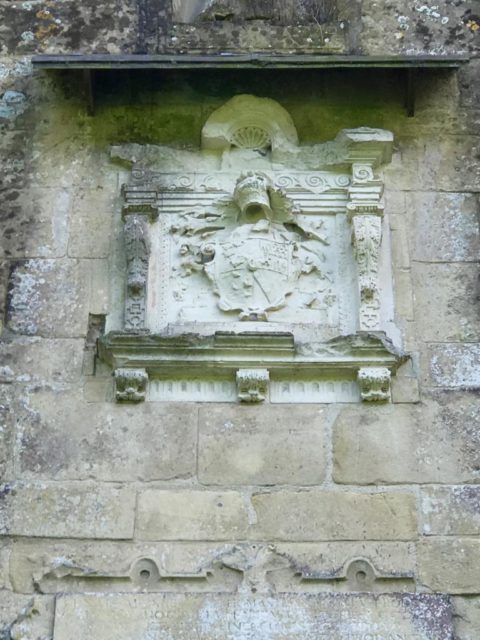
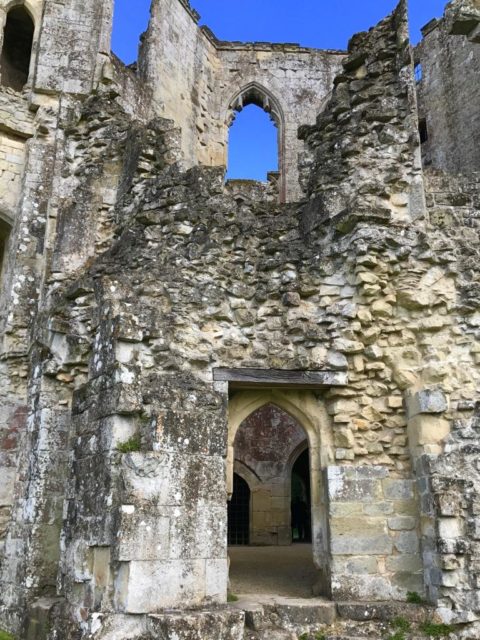
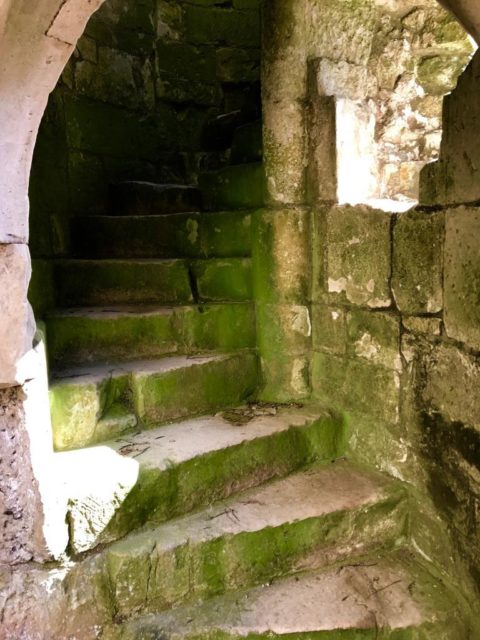
The castle was confiscated by the crown in 1461 following Francis Lovell’s support of the doomed Richard III in the War of the Roses. It then passed through the hands several owners in the years that followed before the Arundell family, an ancient Cornish family, bought it 1544.
In 1552, Sir Thomas Arundell of Lanherne, who owned the castle, was executed for treason so the castle was confiscated again. However, Sir Thomas’ son Sir Matthew Arundell bought the castle back in 1570.
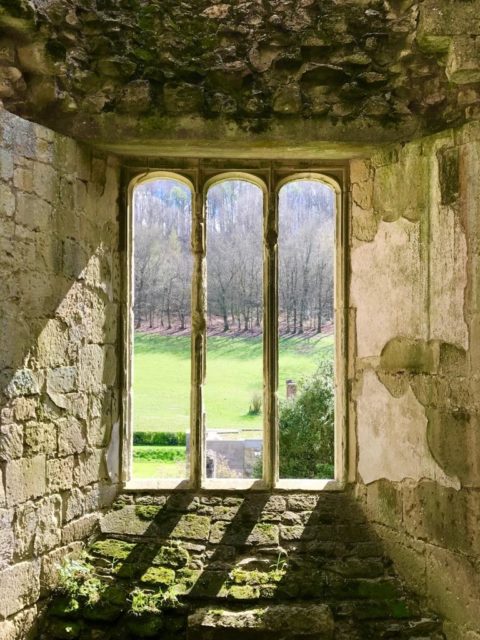
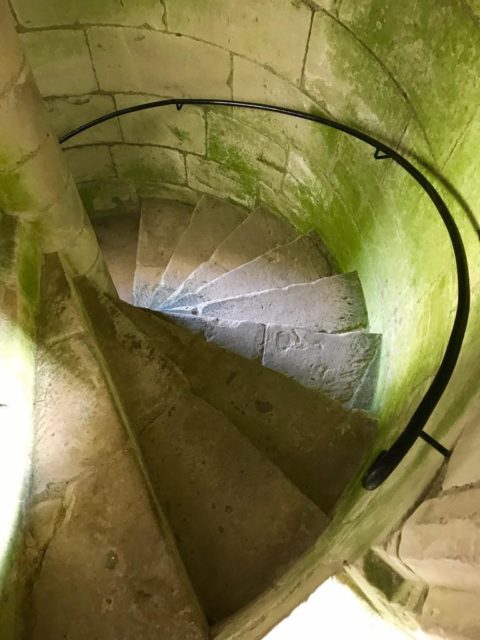
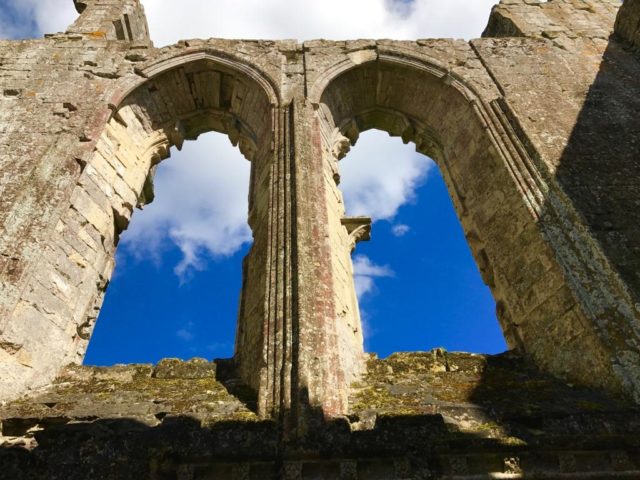
Parliamentarian forces attacked the castle during the English civil war in 1643. Arundell supported the crown and that year, Thomas Arundell, 2nd Baron Arundell of Wardour, was away from home fighting for the King. He left his wife and a garrison of 25 trained fighting men to defend the castle, but following a brief siege, Lady Arundell and her men surrendered.
Lord Arundell’s son, Henry 3rd Lord Arundell, next laid siege to his own castle and after a siege that lasted for 10 months the Parliamentary garrison finally surrendered.
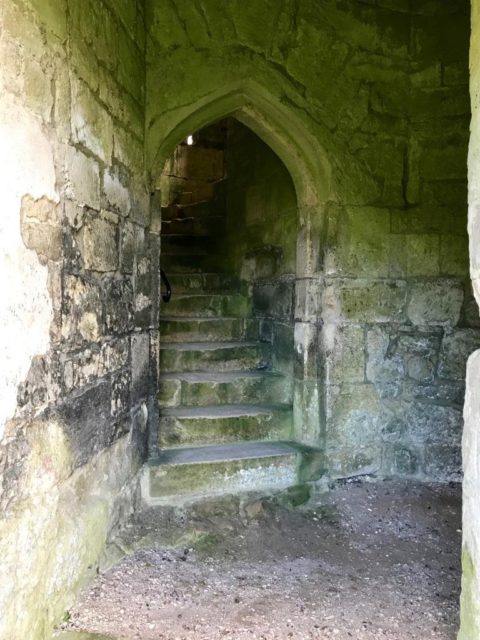
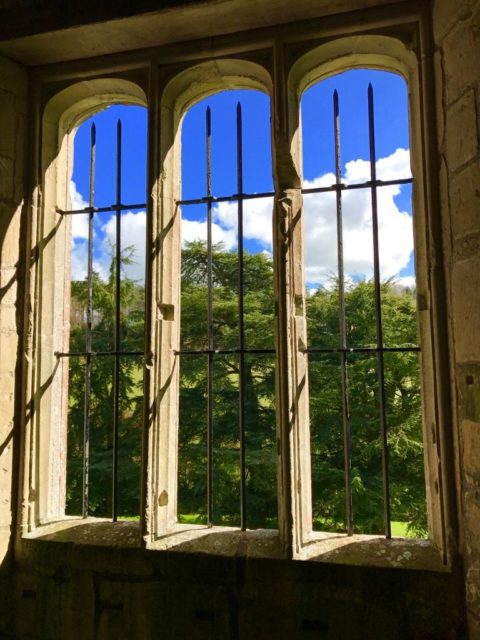
After the Arundell’s recovered power, the eighth Baron, Henry Arundell, borrowed money in order to rebuild the castle, but instead, he decided to build New Wardour Castle close to the site of the old castle.
In 1944, when the last Lord Arundell died, Old Wardour Castle passed into the care of the state. Both castles have been used as film sets; the Old Castle featured in Robin Hood: Prince of Thieves and New Wardour Castle in the film Billy Elliot.
